This image reveals the black hole at the center of Messier 87, a massive galaxy in the nearby Virgo galaxy cluster. The black hole resides 55 million light-years from Earth and has a mass 6.5 billion times that of the sun.
Event Horizon Telescope collaboration et al.

At last, we can see it: a black hole in the flesh. Astronomers today revealed that they have taken a picture of a gargantuan black hole at the heart of the nearby galaxy Messier 87. The result is a powerful confirmation of Albert Einstein’s general theory of relativity, which was used to predict black holes more than a century ago. It is also a feat for the team of more than 200 scientists who toiled for years to produce the image by combining signals from eight separate radio observatories spanning the globe.
“I’m really proud of the results,” says Heino Falcke of Radboud University in Nijmegen, the Netherlands, one of the leaders of the Event Horizon Telescope (EHT) collaboration, which announced the result in a global set of coordinated press conferences. But he acknowledges that the 2-year process of crunching the data and generating the images “was the most emotionally difficult period of my life.”
Although few doubted the existence of black holes, seeing them—or at least their shadow—was an immense challenge. Black holes have gravitational fields so strong that even light cannot escape, so they are defined by a black, featureless sphere called an event horizon. But the holes can nevertheless be seen because they acquire a disk of gas and whip it up to high temperatures so that it glows brightly at different wavelengths.
By seeing the shape of this ring, bent into an asymmetric crescent by the black hole’s gravity, a new era of astrophysics will begin. The precise size and shape of the ring will help researchers test Einstein’s gravitational equations to see whether they stand up to the test or whether some other theory of gravity may be needed. “We can now ask these questions,” Falcke says. “It has become an experimental field.”
The EHT team, from 13 institutions around the world, made its observations of M87 and the black hole at the center of our Milky Way, known as Sagittarius A* (Sgr A*), over 5 nights in April 2017 using eight radio telescopes that are sensitive to wavelengths of about a millimeter. That specific radio frequency is needed because it can penetrate the haze of dust and gas that surrounds the centers of galaxies. But the challenge was enormous. Despite their mass, black holes are surprisingly small because of their intense gravity. The black hole at the center of M87 holds the mass of 6.5 billion suns. Yet it is only 40 billion kilometers across—tiny by cosmic standards.
No existing telescope has the resolution to see such a distant, tiny object. So, the EHT team coopted most of the millimeter-wave telescopes worldwide and combined their data to produce a virtual telescope the size of Earth through a process called very-long-baseline interferometry. The telescopes they used stretched from Hawaii to Arizona, Mexico to France, and Chile to the South Pole.
The collaboration had done earlier observations with smaller numbers of telescopes but 2017 was the first time they had a genuine globe-spanning array that included the huge power of the Atacama Large Millimeter/submillimeter Array in Chile with its 64 dishes. Millimeter waves are affected by clouds, so getting good weather was important. In April 2017, the weather gods smiled. “It was one of the smoothest parts of the project,” says team member Feryal Özel of the University of Arizona in Tucson. “Some crews worked 16- or 18-hour shifts, but the whole thing was lucky,” she says, adding: “Analyzing the data was much harder.”
That process has taken the whole of the time since. The volume of data was so great that it could not be transmitted to the central processors at the Massachusetts Institute of Technology’s Haystack Observatory in Westford and the Max Planck Institute for Radio Astronomy in Bonn, Germany. Instead, it had to be recorded on disk and shipped, which posed a problem for the South Pole Telescope. It was in lockdown for the austral winter so researchers didn’t get their hands on its data until almost the end of 2017. A total of 4 petabytes were recorded, each reading time-stamped using an atomic clock. If those data were music recorded as MP3s, they would take 8000 hours to play.
“It was a pretty gruesome process to crunch all the data,” Falcke says. Powerful processors called correlators compare readings between pairs of telescopes at different distances apart and at different orientations as Earth turned. Özel compares it to building up a 3D image of the body with a computerized tomography scan, but in this case they do not have all the orientations they need. “We had to make sure we were not filling in the data in a way that could influence interpretation,” she says.
Then they had to calibrate all the data, which comes from telescopes with very different characteristics and data quality. “Every scope has its own personality,” Falcke says. Meanwhile, theorists were working on a set of models of what the EHT might see, including whether something had gone wrong. “You don’t know what you’re going to get,” Özel says. “Luckily, now we understand enough to say what it is,” she says. “Ultimately, I think what saved us is that the interpretation is clean.”
Einstein disliked the idea of black holes. It was only months after he published his gravitational theory, known as general relativity, that the German physicist Karl Schwarzschild came up with a solution for Einstein’s equations that suggested if an object was compact enough and had enough mass its gravity would be so strong it would stop anything from escaping, even light.
For decades, most physicists and astronomers thought such an idea was just a mathematical curiosity. But the discovery of pulsars by Jocelyn Bell Burnell in 1967 suggested that extremely dense compact objects did exist. Since then, astronomers have accumulated plenty of indirect evidence for the existence of black holes, from the effects of their gravity. Astronomers have found binary systems, such as Cygnus X-1, where there is no signal from the denser object, apart from it gorging on the substance of its stellar partner, suggesting the shy partner is a black hole.
More evidence has come from studies of Sgr A*, a source of radio waves in the center of our Milky Way galaxy. Over the past couple of decades, observations of a handful of stars in tight, fast orbits suggest there is a black hole with the mass of about 4 million times that of our sun.
The most compelling evidence came in 2015, with the detection by the Laser Interferometer Gravitational-Wave Observatory of the cataclysmic merger of two black holes via the gravitational waves—ripples in space-time—they emitted.
With today’s announcement, however, astronomers finally have visual evidence. “I’ve always wanted to see that damned thing,” Falcke says.
First-ever image of black hole captured by team of Harvard scientists and astronomers

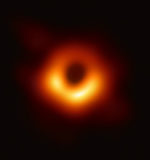


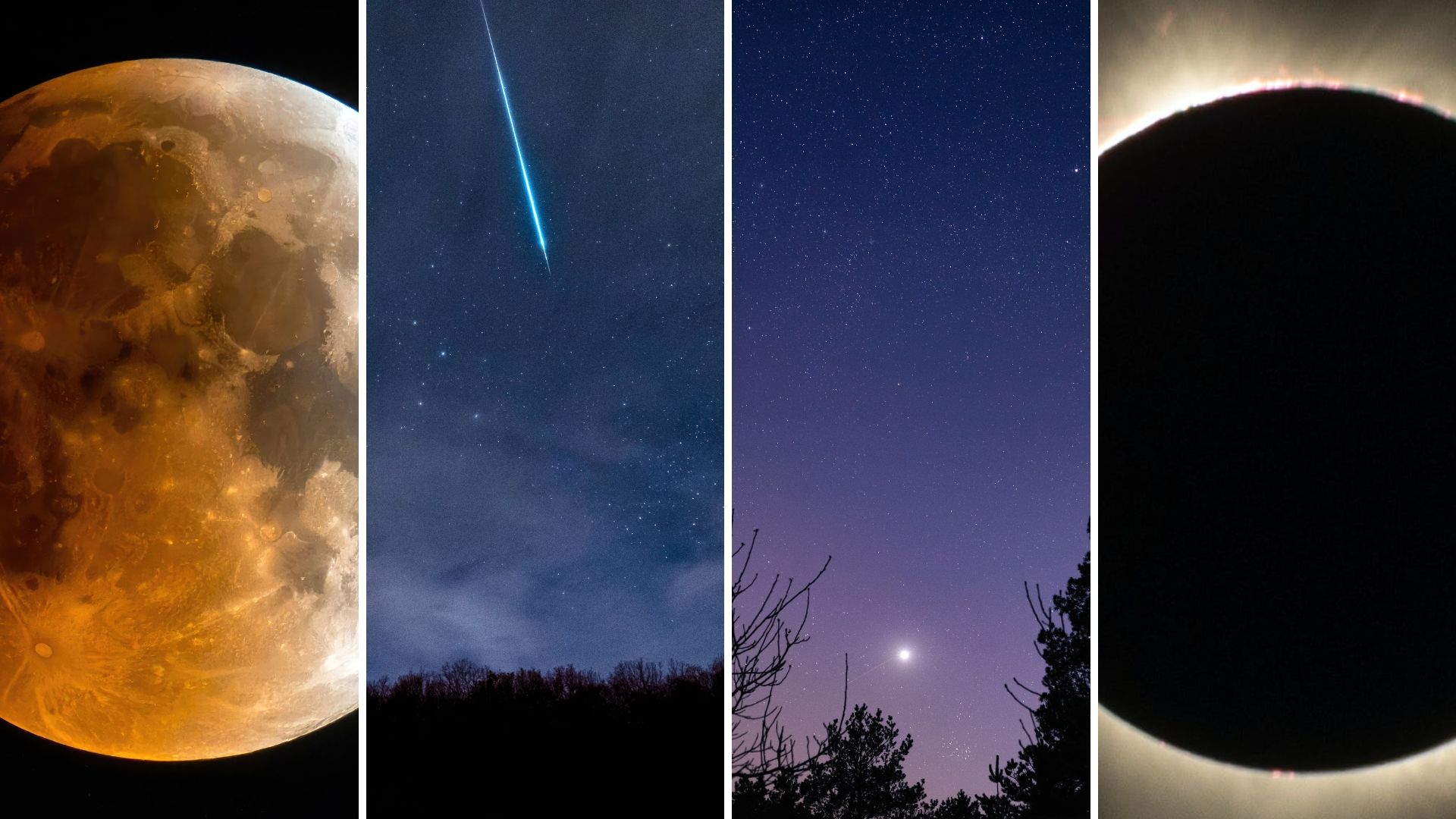
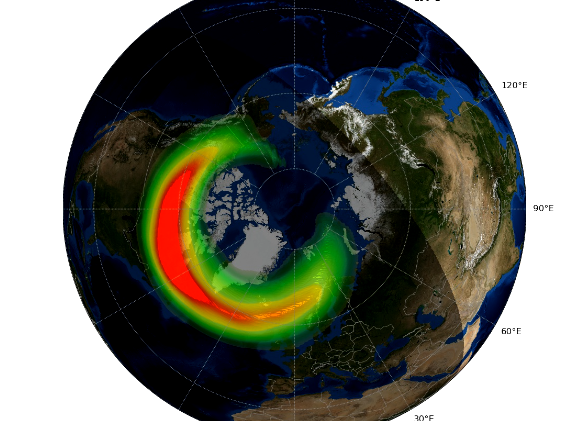
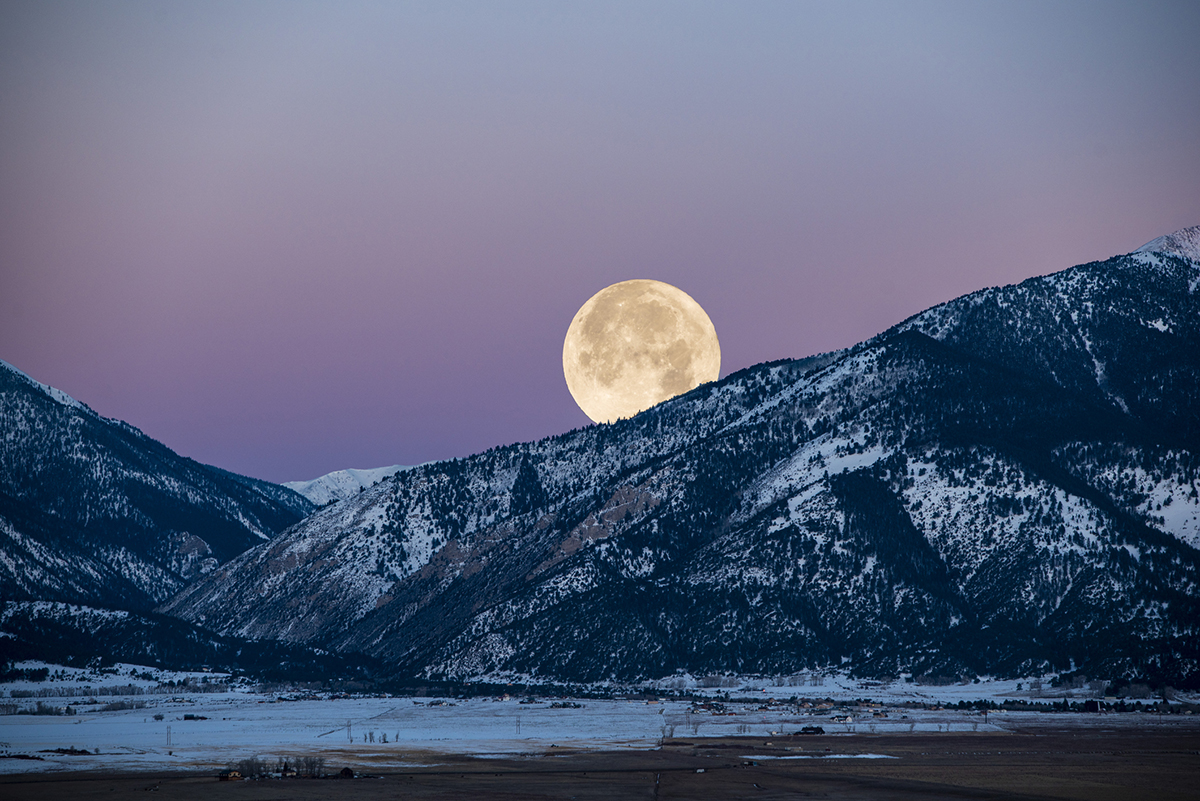
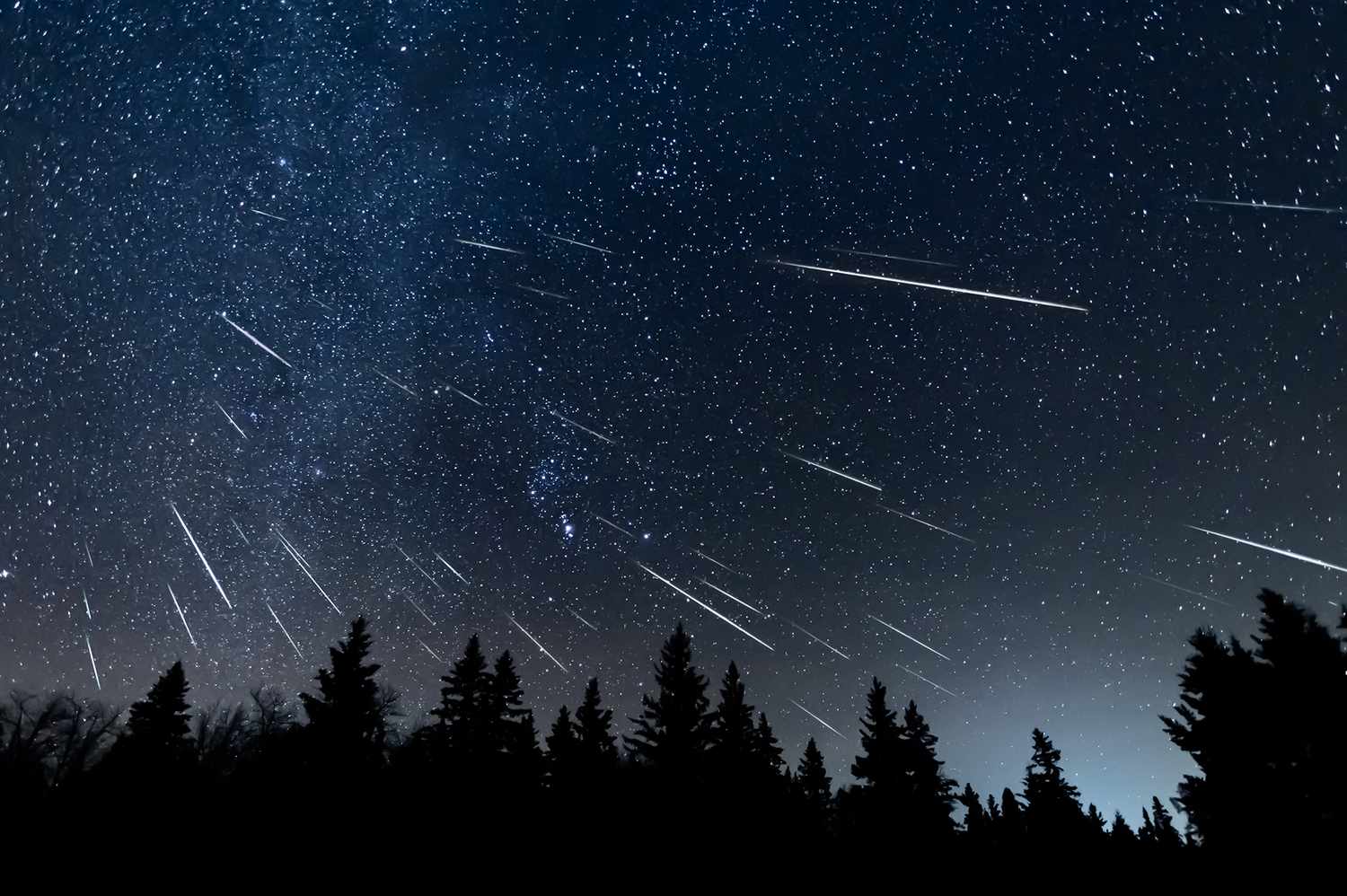
 Photographer Finds Locations Of 1960s Postcards To See How They Look Today, And The Difference Is Unbelievable
Photographer Finds Locations Of 1960s Postcards To See How They Look Today, And The Difference Is Unbelievable  Hij zet 3 IKEA kastjes tegen elkaar aan en maakt dit voor zijn vrouw…Wat een gaaf resultaat!!
Hij zet 3 IKEA kastjes tegen elkaar aan en maakt dit voor zijn vrouw…Wat een gaaf resultaat!!  Scientists Discover 512-Year-Old Shark, Which Would Be The Oldest Living Vertebrate On The Planet
Scientists Discover 512-Year-Old Shark, Which Would Be The Oldest Living Vertebrate On The Planet  Hus til salg er kun 22 kvadratmeter – men vent til du ser det indvendigt
Hus til salg er kun 22 kvadratmeter – men vent til du ser det indvendigt  Superknepet – så blir snuskiga ugnsformen som ny igen!
Superknepet – så blir snuskiga ugnsformen som ny igen!  Meteorite That Recently Fell in Somalia Turns Out to Contain Two Minerals Never Before Seen on Earth
Meteorite That Recently Fell in Somalia Turns Out to Contain Two Minerals Never Before Seen on Earth  Nearly Frozen Waves Captured On Camera By Nantucket Photographer
Nearly Frozen Waves Captured On Camera By Nantucket Photographer  It’s Official: Astronomers Have Discovered another Earth
It’s Official: Astronomers Have Discovered another Earth 